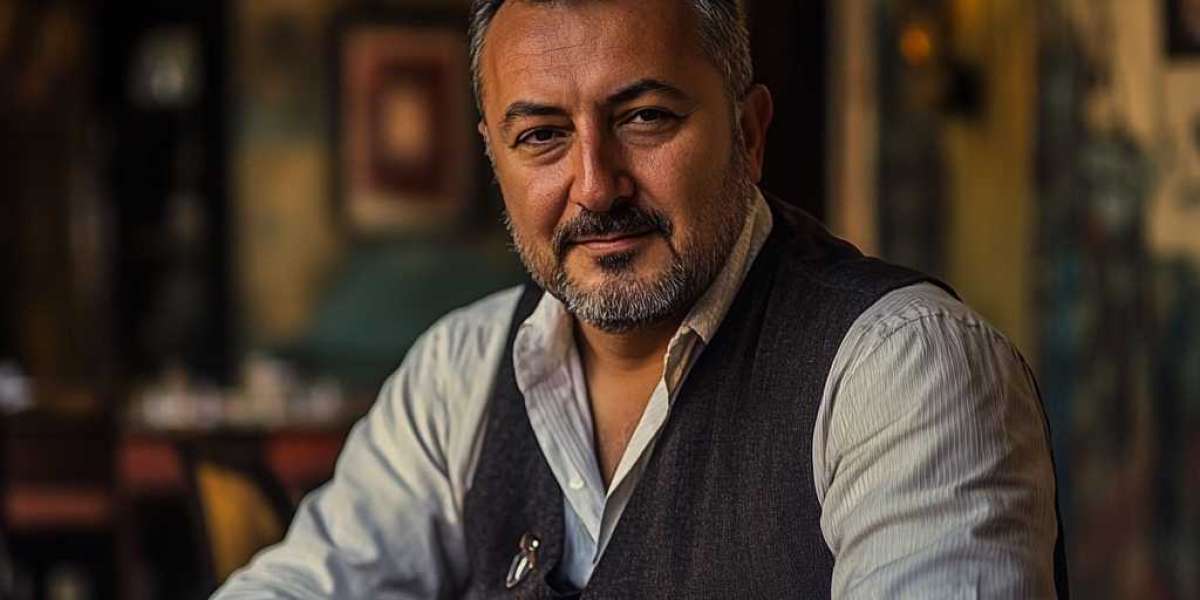The surface treatment of a Children Toy Mould plays a significant role in determining the final appearance and tactile quality of stool-type toys. Smooth, polished mold surfaces generally produce toys with a glossy, uniform finish that is visually appealing and pleasant to touch. In contrast, textured or matte finishes impart different visual effects and can enhance grip or reduce the visibility of minor scratches and fingerprints. The choice of surface treatment not only affects aesthetics but also contributes to the perception of quality, as children and parents are more likely to respond positively to toys that look and feel well-crafted.
Different surface processing methods, such as polishing, sandblasting, or chemical etching, offer unique outcomes. Polishing creates a mirror-like finish that enhances brightness and smoothness, making the stool easy to clean and pleasant to handle. Sandblasting or bead-blasting produces a slightly rough texture that can improve slip resistance, which is especially useful for stools intended for younger children who may move or climb on them. Chemical etching allows for intricate designs or patterns to be incorporated into the surface, adding decorative elements while maintaining functional performance.
The quality of surface treatment can also influence the ease of mold release and the consistency of the injection-molded parts. Well-treated molds reduce the risk of sticking or minor surface imperfections, which can manifest as blemishes, flow lines, or rough patches on the final product. This ensures that each stool maintains a uniform look and feel, meeting both safety and aesthetic standards. Additionally, surface treatments can help extend mold life by reducing wear and protecting against corrosion, indirectly contributing to the consistent quality of produced stools over long production cycles.
Material compatibility with surface treatment is another important consideration. Plastics with higher flow characteristics respond differently to mold textures compared to more viscous or filled materials. For example, glossy finishes may be more pronounced on low-viscosity polymers, while textured treatments may help hide minor inconsistencies in more viscous or reinforced materials. Manufacturers must carefully match mold surface processing with material selection to achieve the intended visual and tactile outcomes.
In conclusion, the surface treatment of a Children Toy Mould significantly affects both the appearance and hand-feel of stool products. Choices in polishing, texturing, or etching influence gloss, texture, grip, and overall aesthetic appeal. Proper attention to mold surface processing ensures consistent product quality, enhances user experience, and supports safe, visually pleasing designs suitable for children. By carefully selecting and applying surface treatments, manufacturers can achieve stools that are attractive, durable, and comfortable to use
Product: Children Toy Mould
Color: Customized
Place of Origin: Huangyan, China
Size: Customized
Material: Plastic
Packing: Poly Wood Box
Advantage: OEM Is Available
Shaping Mold: Plastic Injection Mold
Supply Ability: About 100 Sets
Per Month Use: Household Product
Mold Material:NAK80,S136,H13,718H,P20, etc.
Plastic Material: PP, PC, PS, POM, PE, PU, PVC, ABS, PMMA, etc.





